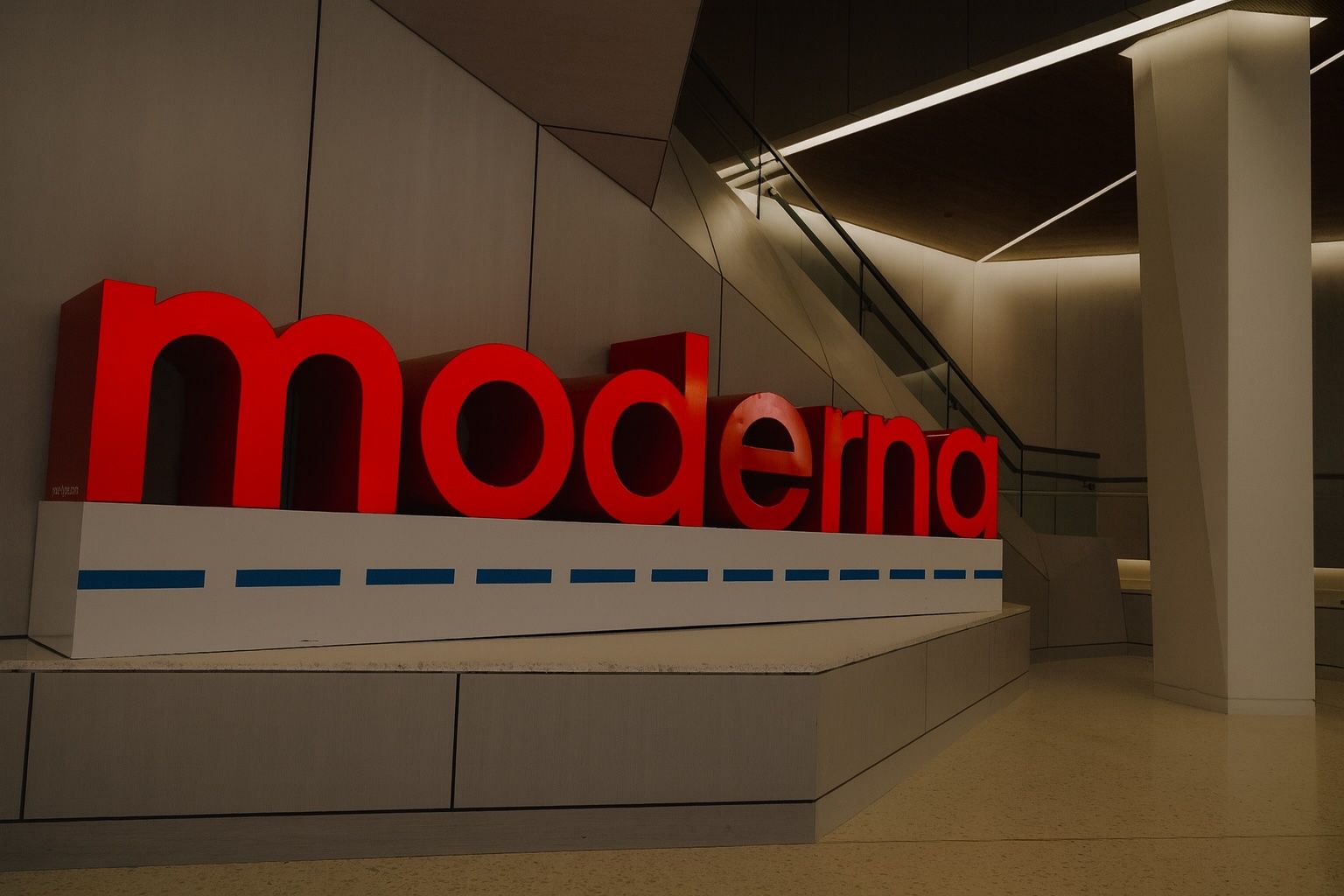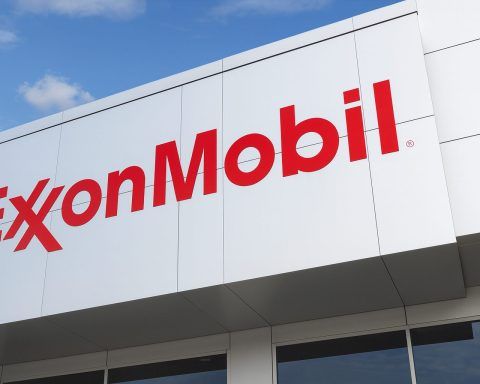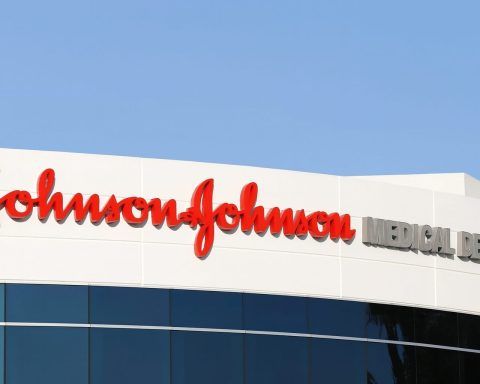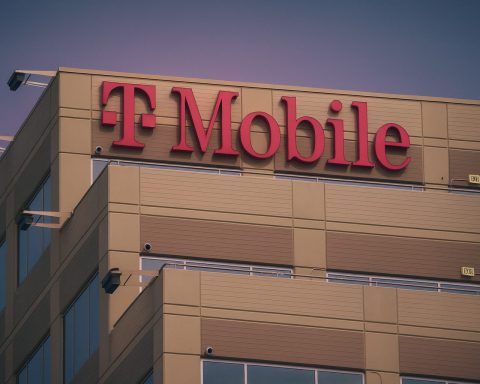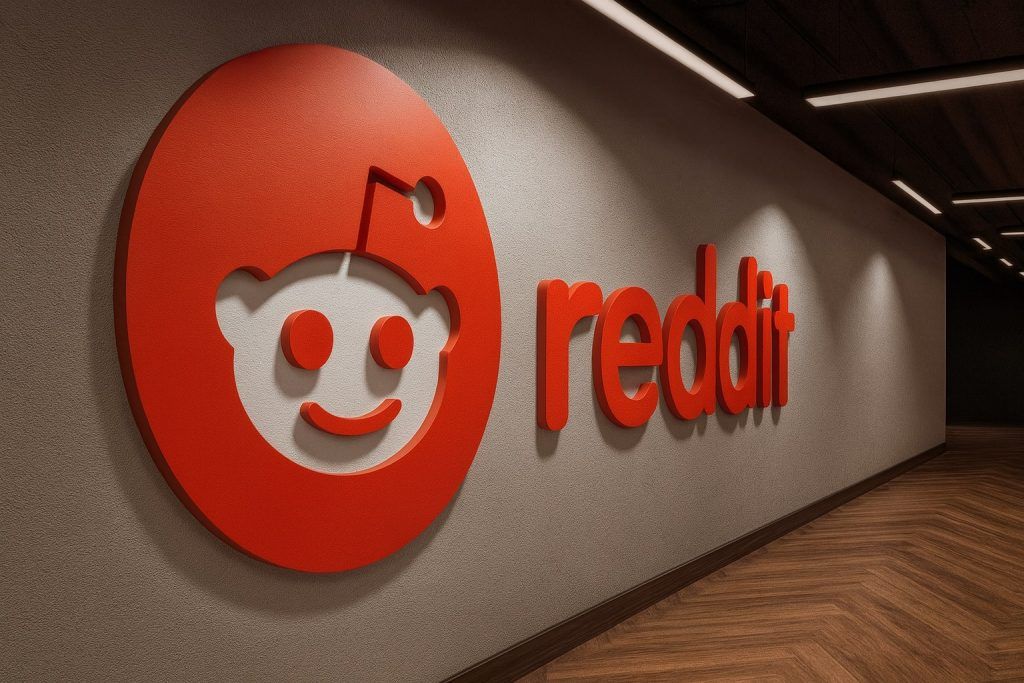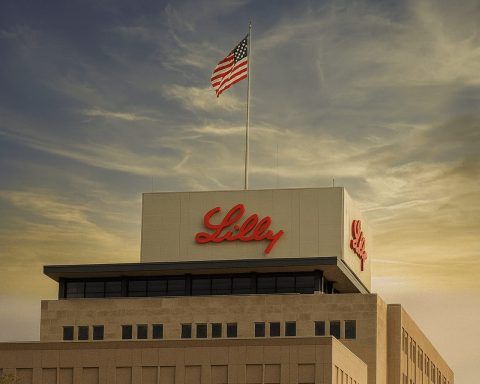- Stock Rally: MRNA shares jumped about 12% on Oct 30, 2025 (trading near $27.50) after reports of takeover talks [1]. The rally lifted Moderna’s price from roughly $24 the day before. Even after today’s gains, the stock is still down roughly 37% year‑to‑date [2] [3].
- Deal Rumors: A STAT News report (cited by Reuters/TradingView) said Moderna has held talks with at least one large drugmaker on a “deal of significant scope” [4]. The company wouldn’t comment. This news fueled today’s surge and renewed speculation about partnerships or buyout interest.
- Regulatory Approvals: In 2025, Moderna won several authorizations for its vaccines. In July, the FDA gave full approval to Moderna’s updated Spikevax COVID booster for at-risk children ages 6 months–11 years [5]. In May, the FDA approved Moderna’s next-generation mNEXSPIKE vaccine for everyone 65 and older (and younger adults with risk factors) [6]. The European Union’s regulator has also backed Moderna’s updated COVID shot for all ages 6 months and up [7]. Meanwhile, in June the FDA expanded use of Moderna’s RSV vaccine (mRESVIA) to younger at-risk adults (18–59 years) [8].
- Booster Guidance: (Regulatory Note) In late August the U.S. FDA narrowed its guidance so that updated COVID boosters are broadly recommended only for older adults and high-risk individuals [9]. Healthy younger people are no longer on the routine vaccination schedule, a shift that has dampened near-term COVID vaccine sales.
- Pipeline Breakthroughs: Moderna’s pipeline is evolving beyond COVID. Early results from its investigational melanoma vaccine (mRNA‑4359) were encouraging: about 24% of heavily pre-treated patients saw their tumors shrink (rising to 67% response in a PD-L1 positive subgroup) [10]. Moderna’s oncology head Dr. Kyle Holen called these melanoma results “incredibly promising” [11]. Separately, a personalized cancer vaccine developed with Merck (mRNA‑4157/V940) is advancing in Phase 3 trials after a strong Phase 2 performance. In short, analysts note Moderna’s mRNA platform could yield blockbuster new therapies if these trials succeed.
- Earnings & Guidance: Moderna’s recent financials remain challenged by falling COVID demand. Q2 2025 revenue plunged to $142 million (–41% year-over-year) [12], with a net loss of about $800 million [13]. The company has been cutting costs (including a 10% workforce reduction) to extend its cash runway. In July it slashed its 2025 sales outlook to only ~$1.5–2.2 billion (down from a prior $6–8B range) [14]. Management reiterated that even with R&D spending, it has ample cash ($9–10B) to last several years. CEO Stéphane Bancel has emphasized the focus on new products, noting Moderna has already brought “three products to approval in 2025 alone” and is building “a diverse pipeline, including an expanding oncology portfolio” [15].
- Product Setbacks: Not all news is positive. Moderna announced on Oct 23, 2025 that it will cease development of its cytomegalovirus (CMV) vaccine (mRNA‑1647) after a failed Phase III trial [16]. The CEO said this doesn’t change their 2025 guidance or 2028 break-even target [17], since CMV was not expected to contribute materially to near-term revenue.
- Analysts’ Views: Wall Street remains split on MRNA. Consensus is a Hold rating with an average 12‑month target around the mid-$30s [18]. However, individual price targets range wildly (from roughly $15 up to ~$198) [19], reflecting uncertainty. For example, UBS trimmed its target to $40 (keeping a Buy) [20], Bank of America now rates it Underperform with a $25 target [21], and Leerink Partners cut its target to just $12 (Underperform) after the CMV trial miss [22]. MarketBeat notes that even modest positive news can trigger big rallies in this stock [23]. In fact, one analysis cautioned Moderna could become a “one-hit wonder” if its new products don’t generate strong sales beyond COVID [24].
- Investor Sentiment: Short sellers have been heavily betting against MRNA: over 60 million shares (~15% of float) are sold short [25]. That means any positive catalyst – like encouraging trial data or deal news – can force a squeeze. MarketBeat recently opined that the sharp sell-off “simply looks overdone,” suggesting the stock may rebound on catalysts [26] [27]. Institutional investors (e.g. Bank of America’s asset arm, Theleme Partners) have even added to their positions, indicating some confidence in the turnaround potential.
Market Performance & Buyout Rumors
On Oct. 30, 2025 Moderna’s stock jumped sharply. Midday trading saw MRNA up ~11.7% to about $27.56 [28], reversing much of September–October’s slide. This followed a STAT News report (cited by Reuters) that Moderna has held buyout or partnership talks with at least one large drugmaker [29]. Moderna’s shares had been languishing near all-time lows (after falling roughly 90% from pandemic highs) [30], so today’s news sparked a relief rally. Even so, with the recent gain the stock remains roughly 37% below its Jan. 2025 price [31]. (By comparison, the Nasdaq and biotech indices were mostly flat today.) Moderna declined to comment on the rumors. A company spokesperson reiterated that Moderna is “confident in our strategy,” highlighting that it has advanced several new products this year [32].
Regulatory Approvals & Guidance
Moderna continued to rack up vaccine approvals in 2025, even as eligible populations have shrunk. In July the FDA granted full approval for Moderna’s updated Spikevax COVID vaccine for children (6 months to 11 years) who are at increased risk [33]. (Previously this shot was only under EUA for kids.) Also in July, the CDC reaffirmed that high-risk kids can still get vaccinated in consultation with a doctor. Earlier, in May the FDA approved Moderna’s next-generation vaccine mNEXSPIKE for everyone 65+ and for younger adults with risk factors [34]. Moderna says these updated shots will be available for the 2025–26 season. The EU’s regulators likewise recommended its updated Spikevax for all ages 6 months and older [35].
At the same time, health authorities have narrowed booster recommendations. U.S. regulators now say only older or high-risk groups should get the new boosters [36]. This policy change – part of FDA’s August 2025 guidance – means millions of healthy adults and children are not targeted for routine revaccination. Insurers and doctors are still working out coverage for those who do choose boosters. As a result, even though Moderna’s booster shots have shown strong immune responses against new variants, the market for them is much smaller than in past years [37] [38]. In practical terms, Moderna’s COVID vaccines will mainly go to the elderly and immunocompromised, at least until further data or policy shifts.
Respiratory Syncytial Virus (RSV) Vaccine: Moderna’s non-COVID portfolio is also expanding. In June 2025 the FDA expanded the approved use of Moderna’s RSV vaccine (mRESVIA) to younger at-risk adults (18–59) [39]. This makes mRESVIA the first mRNA vaccine for an illness other than COVID approved in the U.S. (The CDC is reviewing the RSV shot for guidance.) Moderna launched RSV shots earlier this year for seniors (60+), and this label expansion could grow uptake if CDC panels endorse it.
Vaccine Pipeline & Partnerships
Moderna’s pipeline now spans multiple diseases. Beyond its COVID and RSV shots, the company is aggressively advancing cancer vaccines and other therapies. For example, interim data from a melanoma vaccine (mRNA-4359) were released in Oct. 2025. In a Phase I/II trial combining this mRNA vaccine with Merck’s Keytruda, nearly a quarter of late-stage melanoma patients saw significant tumor shrinkage [40]. Remarkably, in patients whose tumors expressed the PD-L1 protein the response rate was about 67% [41] – an “incredibly promising” result according to Moderna’s cancer lead [42]. These patients had failed other immunotherapies, underscoring the data’s impact.
Moderna is also testing a personalized cancer vaccine (mRNA-4157/V940) with Merck. In Phase II, that individualized shot reduced recurrence or death risk by ~44–49% in melanoma patients when added to Keytruda [43]. A Phase III trial is now underway in multiple tumor types [44]. If successful, analysts say this or related products could be game-changers. In fact, one TS2.Tech analysis noted that if a cancer vaccine eventually hit even ~$5B in annual sales, Moderna’s share of that could exceed its current market cap. So far, Moderna’s oncology pipeline offers the best hope of offsetting its COVID-era revenue decline.
On the commercial front, Moderna is partnering to broaden its reach. Aside from Merck collaboration, it has deals with AstraZeneca and other firms for various mRNA therapies. In mid-2025, Moderna also opened a new vaccine plant in the U.K. (a 10-year pact to produce seasonal shots for Europe) – a sign it is positioning for annual flu/respiratory vaccine markets. Overall, company executives stress that Moderna is still fundamentally a vaccine company, even as it grapples with reduced COVID demand. As one spokesman put it, Moderna “made a deliberate choice to reinvest in research and development” during this period [45], and is leaning on a broad pipeline to deliver the next growth catalysts.
Financial Results & Outlook
Moderna’s latest earnings underscore the challenges. For Q2 2025 (ended June), revenue was just $142 million (down ~41% year-over-year) [46]. Sales from the original Spikevax shot were very low, and new booster sales have been limited by the narrower rollouts. Moderna reported a net loss of roughly $0.8 billion for the quarter [47]. The balance sheet remains strong, however: cash and investments were about $9–10 billion mid-2025, enough to fund operations for a couple of years if needed. Management is cutting expenses (a 10% headcount cut was announced) and expects to drive its non-COVID R&D portfolio forward.
For 2025 as a whole, Moderna now expects much lower sales than initially forecast. The company’s guidance range is roughly $1.5–2.2 billion for 2025 revenue [48], down from the $6–8B it initially projected a year earlier. (Almost all of this will come from its new products.) CFO Jamey Mock and CEO Bancel emphasized on the recent conference call that Moderna is “balancing the need to complete the respiratory portfolio, invest in our late-stage pipeline, and invest in diversification in the company” [49]. Bancel also stated they remain confident in streamlining operations from 2025 through 2027 [50]. The goal is to reach cash break-even by around 2028, assuming new products win approval and market traction.
Despite near-term pain, some investors point to Moderna’s track record of innovation. The company has publicly said it plans to submit two more products for approval by year-end 2025 (beyond RSV and mNEXSPIKE) and to advance several vaccines for malaria, influenza, and rare diseases. Success in any of those could dramatically change the outlook.
Analyst Perspectives & Investor Sentiment
Analysts and investors have mixed takes on Moderna’s prospects. Market consensus is largely “Hold,” with price targets clustering in the mid-$30s to low-$40s (implying a modest upside) [51]. However, the range of views is extreme. For example, UBS recently cut its 12-month target from $70 to $40 but kept a Buy rating [52]. In contrast, Bank of America downgraded Moderna to Underperform with just a $25 target [53]. Leerink Partners is even more bearish; it slashed its target to $12 (Underperform) after the CMV trial failure [54]. On the flip side, a few boutique firms still see big upside (some targets were as high as ~$200 last year), citing Moderna’s long-term potential.
With all these opinions, one thing is clear: the stock is volatile. Short sellers have made big bets against Moderna – about 15% of the float is short [55]. That means bad news tends to reinforce drops (as seen this year), but good news can trigger sharp rebounds. MarketBeat recently wrote that the recent sell-off “simply looks overdone” and that even modest good news can fuel relief rallies [56] [57]. Today’s move on the buyout buzz is a case in point.
In summary, October 30’s trading reflects a high-risk, high-reward scenario for MRNA. The stock sits near multi-year lows, but catalysts are on the horizon. If regulatory setbacks ease, new vaccines gain market share, or a strategic deal occurs, analysts say Moderna could swing back sharply. Conversely, if COVID revenues stay minimal and pipeline wins disappoint, the stock could languish or fall further. For now, investors will be watching Moderna’s upcoming Q3 report (due Nov. 6, 2025) and any new clinical or regulatory news very closely.
Sources: Official earnings transcripts and regulatory filings; Reuters and TradingView news reports [58] [59] [60] [61] [62] [63]; MarketBeat analysis [64] [65]; ts2.tech summaries and expert comments [66] [67] [68] [69]; Investing.com reports [70].
References
1. www.tradingview.com, 2. www.tradingview.com, 3. www.tradingview.com, 4. www.tradingview.com, 5. www.reuters.com, 6. www.reuters.com, 7. www.reuters.com, 8. www.reuters.com, 9. www.reuters.com, 10. ts2.tech, 11. ts2.tech, 12. ts2.tech, 13. ts2.tech, 14. ts2.tech, 15. www.tradingview.com, 16. www.pharmexec.com, 17. www.pharmexec.com, 18. www.marketbeat.com, 19. ts2.tech, 20. www.marketbeat.com, 21. www.marketbeat.com, 22. www.investing.com, 23. ts2.tech, 24. ts2.tech, 25. ts2.tech, 26. www.marketbeat.com, 27. ts2.tech, 28. www.tradingview.com, 29. www.tradingview.com, 30. www.tradingview.com, 31. www.tradingview.com, 32. www.tradingview.com, 33. www.reuters.com, 34. www.reuters.com, 35. www.reuters.com, 36. www.reuters.com, 37. ts2.tech, 38. www.reuters.com, 39. www.reuters.com, 40. ts2.tech, 41. ts2.tech, 42. ts2.tech, 43. ts2.tech, 44. ts2.tech, 45. www.tradingview.com, 46. ts2.tech, 47. ts2.tech, 48. ts2.tech, 49. www.investing.com, 50. www.investing.com, 51. www.marketbeat.com, 52. www.marketbeat.com, 53. www.marketbeat.com, 54. www.investing.com, 55. ts2.tech, 56. www.marketbeat.com, 57. ts2.tech, 58. www.tradingview.com, 59. www.reuters.com, 60. www.reuters.com, 61. www.reuters.com, 62. www.investing.com, 63. www.reuters.com, 64. www.marketbeat.com, 65. www.marketbeat.com, 66. ts2.tech, 67. www.marketbeat.com, 68. ts2.tech, 69. www.tradingview.com, 70. www.investing.com
